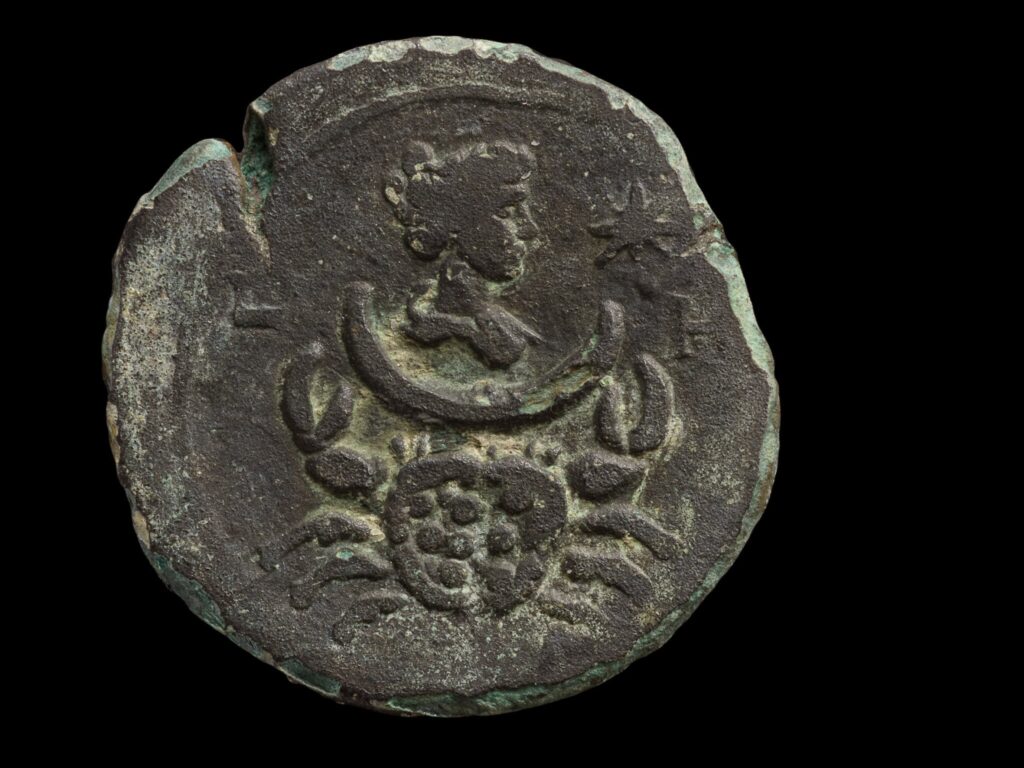An extraordinary find has emerged off the coast of Carmel in Haifa, Israel, where an exceptionally well-preserved ancient Roman bronze coin has been uncovered. This coin, dating back 1,850 years and depicting the Roman moon goddess Luna, provides a captivating window into history. The Israel Antiquities Authority (IAA) announced this discovery on Monday, and it is regarded as a significant addition to the collection of ancient artifacts.
The Coin and Its Importance
The bronze coin, minted in Alexandria, Egypt, during the reign of Emperor Antoninus Pius (138-161 CE), is remarkable for its intricate portrayal of Luna, the goddess of the moon. On its reverse side, the coin features Luna positioned over the zodiac sign of Cancer. The inscription reads ‘Year eight,’ indicating the eighth year of Antoninus Pius’ reign, roughly corresponding to 144/145 CE.
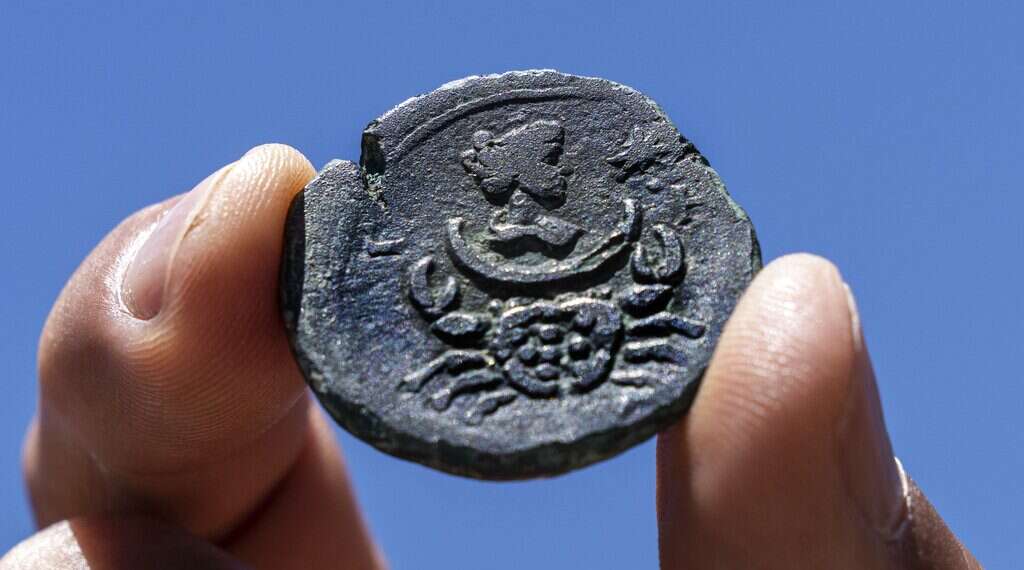
This discovery was made by the Marine Archaeology Unit of the IAA during a search aimed at safeguarding historical artifacts from coastal development. The coin is part of a set of thirteen coins, twelve of which illustrate different zodiac signs, while one depicts the entire zodiac wheel. This find marks the first of its kind to be discovered in Israeli waters.
Historical Background of Emperor Antoninus Pius
Emperor Antoninus Pius’ reign is often viewed as one of the most tranquil periods in Roman history, known as the Pax Romana or Roman Peace. During this era, the Roman Empire enjoyed relative stability and prosperity. Antoninus Pius, who was not a military leader and never waged war, concentrated on administrative and judicial reforms.
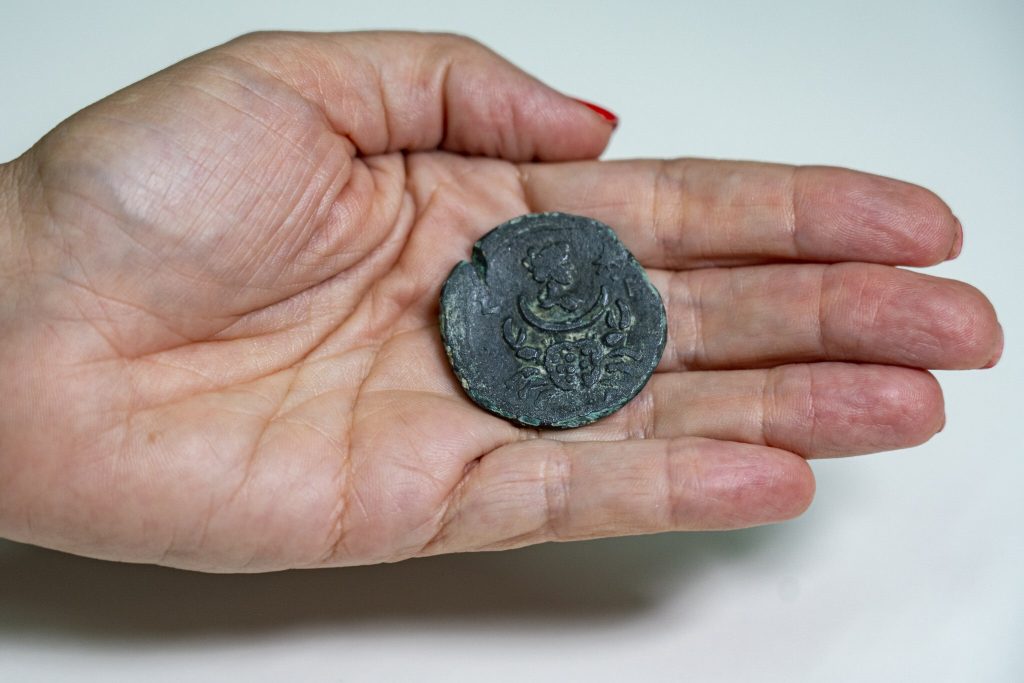
Under his leadership, relations with the Jewish community significantly improved. Importantly, the severe edicts of Emperor Hadrian were revoked, permitting Jews to practice circumcision freely. This era of relative calm and reform marked a crucial transition in the empire’s treatment of its diverse populations.
The Significance of the Discovery
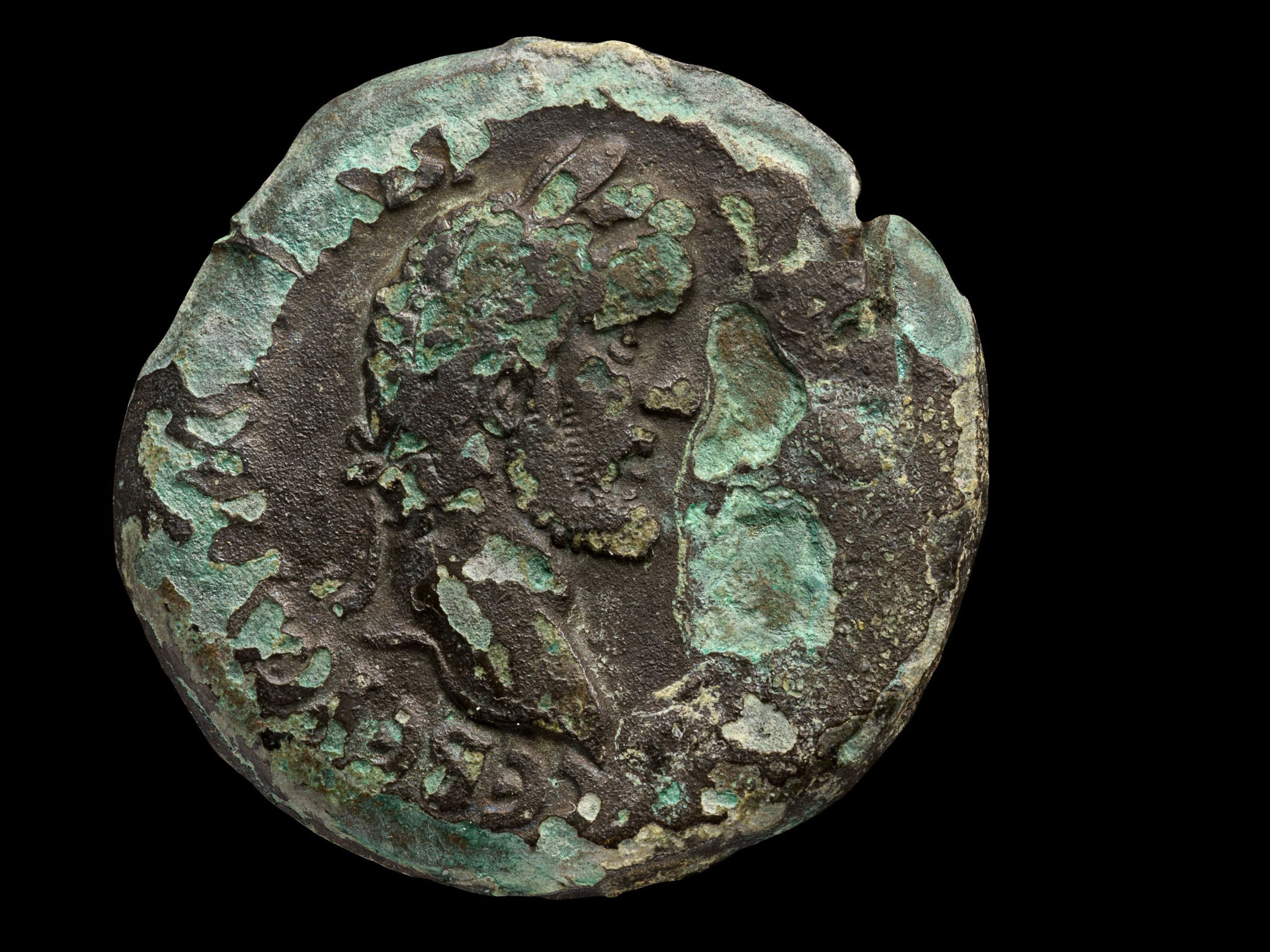
Jacob Sharvit, director of the IAA’s Maritime Archaeology Unit, emphasized the importance of this find. He stated that this discovery is unprecedented in Israel’s Mediterranean waters. “Israel’s Mediterranean shores and waters have revealed numerous archaeological sites and finds that demonstrate connections in antiquity between Mediterranean ports and surrounding countries,” Sharvit remarked. He stressed that artifacts lost at sea for hundreds or even thousands of years are exceptionally well-preserved and offer vital insights into the region’s historical connections.
Conclusion
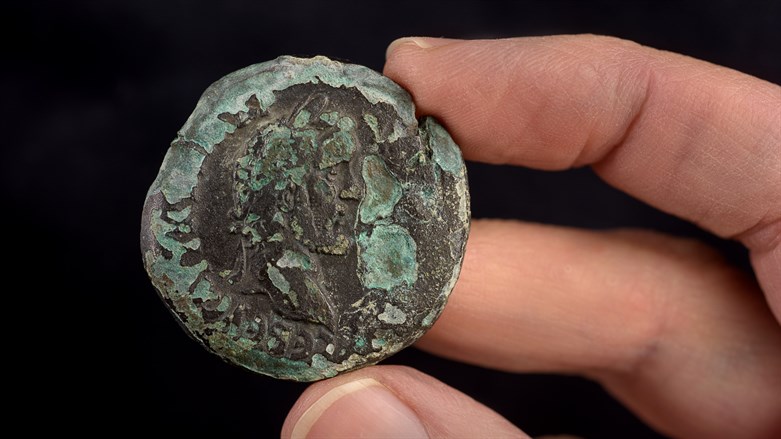
The discovery of the ancient Roman coin off Carmel’s coast underscores the rich and intricate history of the Mediterranean region. This well-preserved artifact not only enhances our understanding of Roman coinage but also illuminates the historical context surrounding Emperor Antoninus Pius’ reign. As more artifacts like this come to light, they help piece together the complex puzzle of our past, providing invaluable insights into ancient civilizations and their interconnections.

